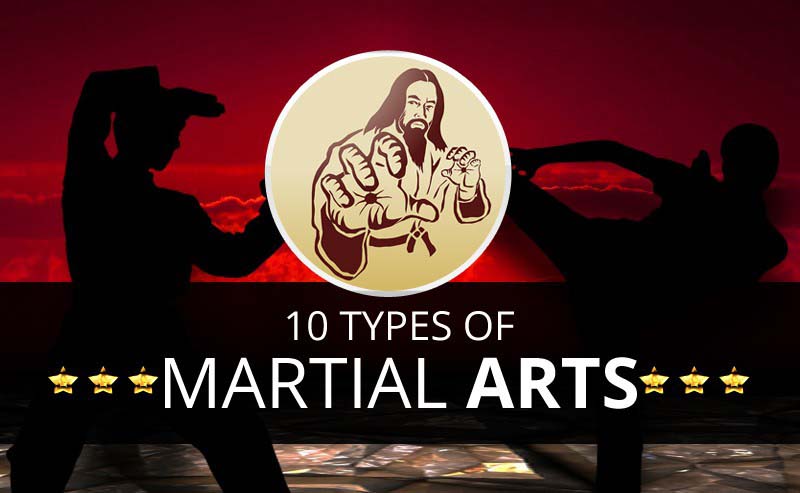What Are The Crucial Contrasts In Between The Discipline Stressed In Typical Martial Arts And The Competitors Emphasis Of Contemporary Fight Sporting Activities? Figure Out How These Differences Can Influence Your Journey
What Are The Crucial Contrasts In Between The Discipline Stressed In Typical Martial Arts And The Competitors Emphasis Of Contemporary Fight Sporting Activities? Figure Out How These Differences Can Influence Your Journey
Blog Article
Material Composed By-Skovbjerg Fink
When you think of martial arts, do you lean more toward the conventional techniques or the modern battle sports? Each course uses special benefits and experiences, shaped by their philosophies and training methods. Conventional martial arts stress individual growth and technique, while contemporary battle sporting activities focus on competitors and efficiency. Understanding these distinctions can direct you in picking the appropriate strategy for your journey. However exactly how do these differences materialize in training and viewpoint?
The Viewpoint and History Behind Typical Martial arts
While lots of people link martial arts with physical combat, the viewpoint and background behind typical martial arts run much deeper. Source Webpage 'll locate that these techniques highlight individual development, technique, and respect.
Stemming from old practices, typical martial arts were usually established for Self-Defense and spiritual advancement. They symbolize concepts such as balance, consistency, and self-control, assisting practitioners past mere battling abilities.
As you educate, you'll not just find out strategies however also acquire insights right into the society and values that shaped these arts. The rituals and customs, usually passed down via generations, promote a sense of community and belonging.
The Affordable Nature of Modern Fight Sports
Modern combat sports have actually changed the landscape of martial arts into a highly competitive arena, where professional athletes face off in a test of ability, technique, and endurance.
You'll observe that competitions are frequently organized with rigorous guidelines and policies, ensuring fair play and safety and security. pop over to this site bring in huge target markets, sustaining the excitement and intensity of matchups.
Professional athletes train rigorously, not just for physical prowess however also for psychological durability, knowing that every detail counts in the ring. The adrenaline thrill during competitions is apparent, as fighters press their limitations to declare victory.
Followers value the athleticism and artistry involved, making contemporary battle sports a thrilling phenomenon that remains to advance and astound fanatics all over the world.
Training Methods and Methods: A Relative Analysis
The competitive ambience of contemporary battle sports demands innovative training approaches that differ dramatically from traditional martial arts.
In contemporary training, you'll concentrate on specific techniques, sparring, and conditioning, typically utilizing drills that imitate real battle situations. You'll see an emphasis on quantifiable performance and regular competition to evaluate your skills.
On the other hand, standard martial arts focus on forms, katas, and thoughtful mentors, frequently emphasizing self-control and regard over competitors.
Training is typically less intense and may include recurring practice rather than real-time sparring.
While both strategies develop skill and physical fitness, contemporary fight sports offer a much more dynamic and adaptable training atmosphere, preparing you for prompt obstacles in the ring or cage.
Choose the path that aligns with your objectives and interests.
Conclusion
In choosing between traditional martial arts and contemporary fight sporting activities, it actually comes down to what you value a lot of. If you're trying to find personal growth, discipline, and a sense of area, standard arts could be your best fit. But if you prosper on competition and real-time challenges, modern fight sporting activities could be the method to go. Eventually, both paths supply one-of-a-kind benefits, so it's everything about aligning your training with your personal objectives and rate of interests.
